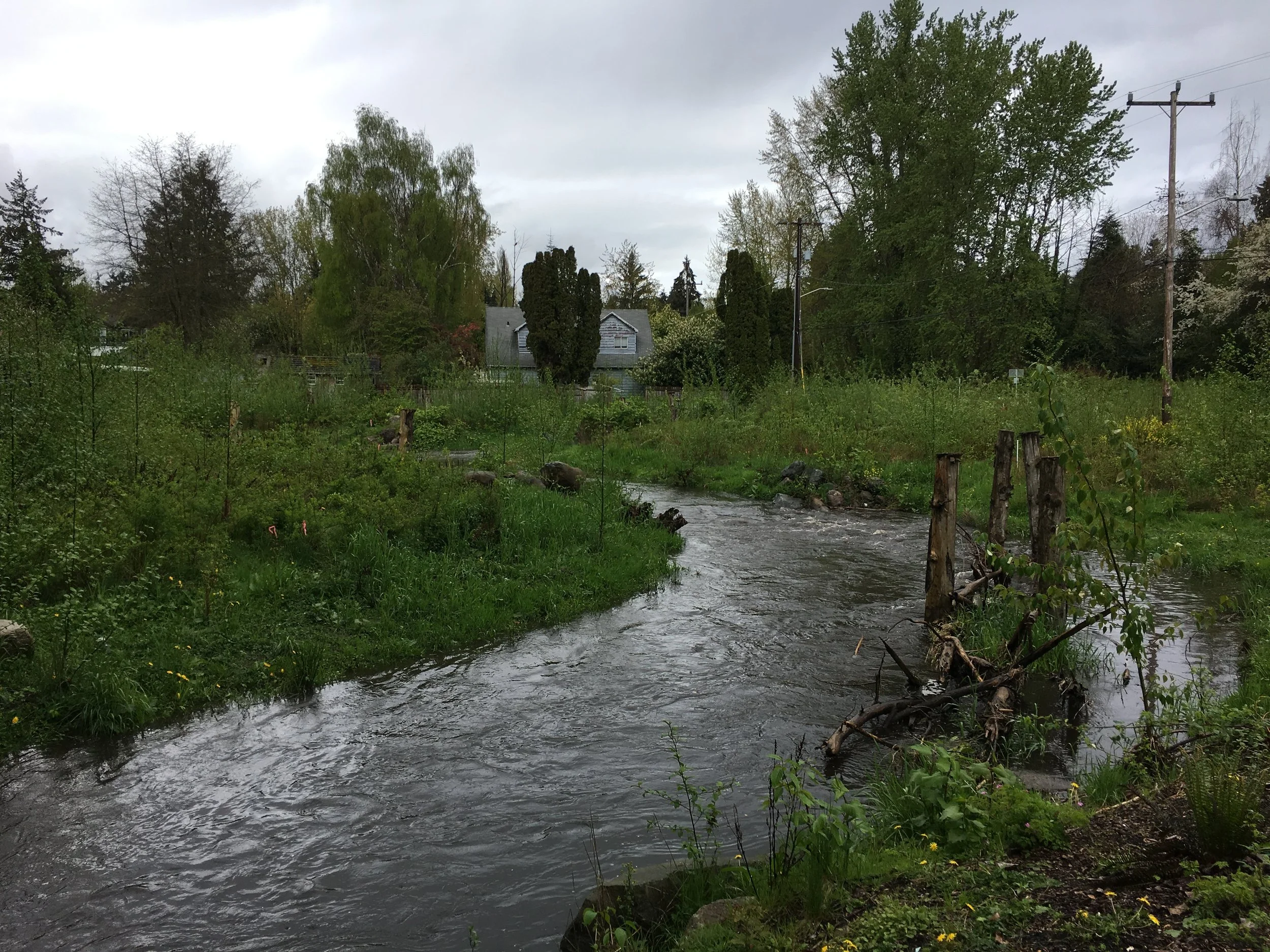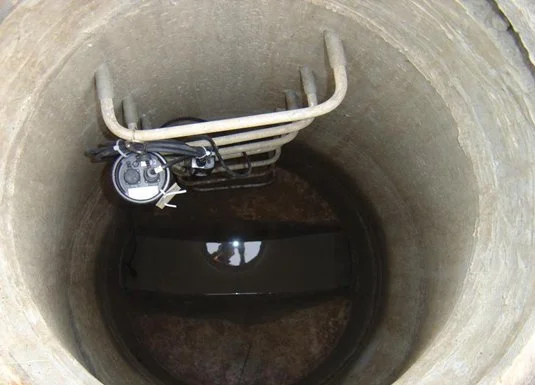Solutions to Improve
Our Drainage and Wastewater Systems
The Shape Our Water team developed this library of tools that help solve drainage and wastewater challenges.
In addition to cleaning, cooling, and slowing the water running into our creeks, the Duwamish River, and the Salish Sea, many of these tools also beautify neighborhoods and provide other community benefits like green spaces and gardens. Learn more about these solutions by clicking on the pictures below.
SPU is working in collaboration with the communities we serve to plan for how we’ll make equitable and environmentally sound drainage and wastewater investments that take care of our natural waters and the people who rely on them for the next 50 years and beyond.
By working together to brainstorm solutions, we can achieve meaningful benefits for our community, and improve the functionality and equity of our city along the way.
When solving drainage and wastewater challenges, we have many tools in our toolbox. The purpose of the solutions toolbox is to provide information to our community, stakeholders, and partners about many of the tools we can use to solve drainage or wastewater challenges. These tools should help us communicate, contemplate, compare, ask questions, learn, and share ideas.
Finding solutions that advance equity while balancing affordability, competing priorities, and future uncertainty is a complex and creative process. Some things to keep in mind as you review include:
Mix and match: Many of the tools here are related or frequently implemented in combination.
The tools are different: Some tools are non-structural (e.g., implemented without building physical structures) and some are structural (e.g., physically built to achieve the desired benefits). Even though nonstructural and structural tools are different from each other, they both have a role in helping solve drainage and wastewater challenges.
New and old: Some tools have been commonly used for decades while others are less practiced or new.Both new and old tools can be opportunities for innovation.
High-level: These tools do not include exhaustive descriptions or specific cost or performance information. They are meant instead to provide a baseline of shared understanding and vocabulary so that collaborators with different backgrounds and areas of expertise can participate fully and build on each other’s ideas.
What does this mean? These tools may include many terms and acronyms that may not be familiar to you. Please see the bottom of the page for a glossary that provides definitions and explains acronyms.
We hope these resources help you imagine multi-benefit solutions for Seattle’s drainage and wastewater challenges.























